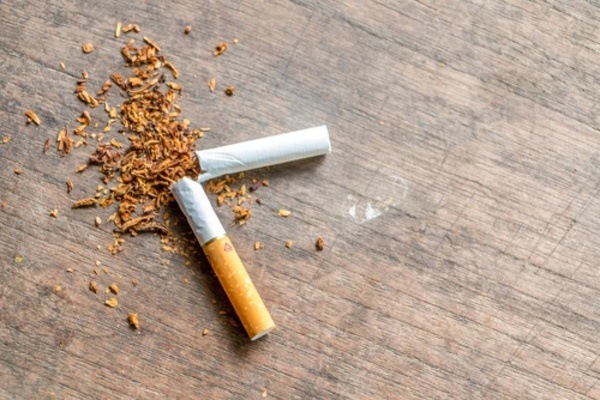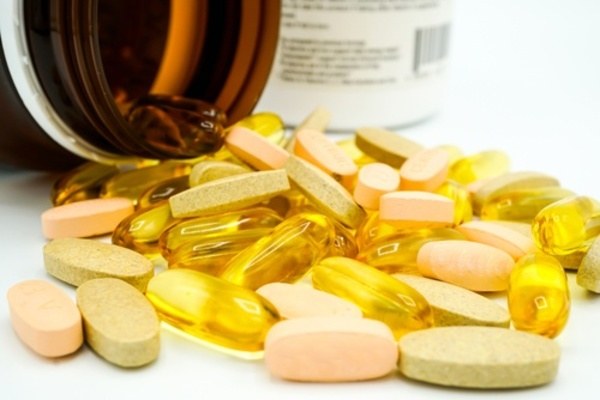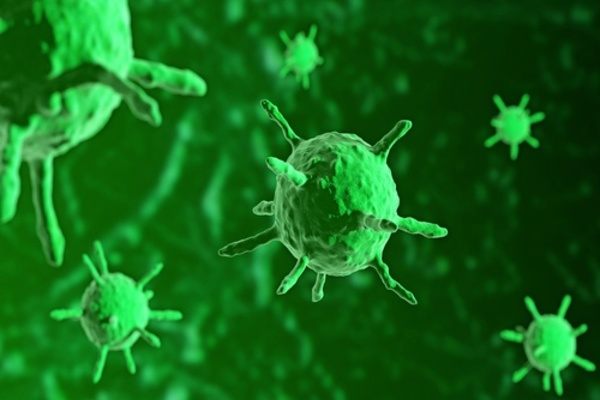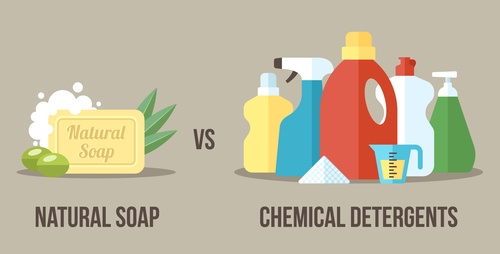
Just thinking about cancer – the Big C – is a terrifying ordeal. There are very few of us who have not been touched by the disease in some way, whether personally or in a loved one.
But fear not, studies show that up to 70% of common cancers can be prevented through lifestyle choices.
Here are the 11 strict cancer prevention factors you are probably ignoring, listed from the most obvious to some you’ve probably never thought of.
1. Eat right and maintain a healthy weight.
Let’s start with the basics. To greatly reduce your risk of developing cancer, you’ve got to eat right and maintain a healthy weight. This means consuming lots of fruits, vegetables, and whole grains, and limiting fatty meats, especially those that are processed or charbroiled.
Refined sugars are linked to inflammation in the body, which can also up your risk of cancer. Avoiding processed or packaged foods can help reduce sugar intake.
2. Get your body moving.

A sedentary lifestyle carries a whole host of health risks, including cancer. Exercise is thought to boost your immune system, reduce inflammation, and speed up your metabolism.
All things that limit the effects of carcinogens on the body. Experts recommend a minimum of 2 ½ hours of moderate aerobic activity per week to reduce your risk.
3. Don’t use tobacco.

Although doctors once prescribed cigarettes to calm anxious mothers, we now know that smoking kills. It is strongly linked to lung, mouth, throat, larynx, pancreas, bladder, cervix, and kidney cancers.
Chewing tobacco is no better and has been linked to mouth and pancreas cancer. If you need help to quit smoking, the good news is that there are a lot of resources available to help. You might start with your doctor for recommendations.
4. Drink filtered tap water.

The President’s Cancer Panel suggests that public water is a safer bet than bottled, which is no better and sometimes worse than what you get from the tap.
Filtering at home will help reduce your exposure to carcinogens and hormone-disrupting chemicals that may be present. Also, avoid drinking anything out of plastic bottles that contain BPA – stainless steel or glass containers are great alternatives.
5. Consume alcohol in moderation.

Studies have shown that drinking alcohol can increase your risk of esophageal, colorectal, head and neck, liver, and breast cancer.
Unfortunately, simply quitting alcohol won’t immediately lower your cancer risk. Your best option is to avoid drinking to excess. You can also choose to drink red wine – it contains resveratrol, which has been shown to have anti-cancer properties.
6. Protect your skin from the sun.

Sunburns are agony and increase your risk of skin cancer. To be skin smart, slather up with sunscreen and avoid the midday sun (between 10 a.m. and 4 p.m.).
Wear a hat and cover exposed skin – one Spanish study even suggests that choosing clothing that is blue or red protects better than clothing that is white or yellow.
Keep reading for some of the non-obvious cancer prevention factors.
7. Rethink your vitamin regimen.

It’s super convenient to take one multi-vitamin a day, but your favorite one may actually give you too much of certain nutrients.
For example, B vitamin (folic acid) is essential for women who are or may become pregnant, but consuming too much of the synthetic form has been linked to a higher risk of colon, lung, and prostate cancer. It may be healthier to choose individual vitamins for your specific needs rather than take one multi-vitamin.
8. Get sufficiently immunized.

Certain viral infections can also increase your cancer risk, so get sufficiently immunized. Hepatitis B has been linked to liver cancer.
The Human papillomavirus, or HPV, is a sexually transmitted virus that is linked to cervical and other genital cancers, as well as squamous cell cancers of the head and neck. Your doctor can help you decide if further vaccinations could help you.
9. Be careful with cell phones.

Yep, it can be a struggle to put down that smartphone! But a number of review studies suggest a link between cell phone use and brain cancer due to large amounts of radio frequency energy pressed right up against the skull.
Minimize your risk by using the speakerphone, and when you do put the phone to your head, try to keep it short. It might also be wise to store your phone in a purse or briefcase when not in use, rather than in a pocket pressed against your body.
10. Skip the drycleaner.

The primary solvent used in dry cleaning is called perchloroethylene, or perc for short. Workers who are regularly exposed to perc have been shown by the EPA and the National Academies of Science to have a higher risk of liver and kidney cancers as well as leukemia.
So it stands to reason that having perc pressed against your skin is not the healthiest choice. Many clothes can be hand-washed and air dried, or spot cleaned with white vinegar, for a much less toxic alternative.
11. Don’t top off your gas tank.

The risk here is that pumping any more gas after the automatic shut off has been triggered can lead to spills. We know that it feels better psychologically to get to an even dollar amount on the sale, but it’s not worth it!
A spill foils the tank’s vapor recovery system, meaning that carcinogenic chemicals like benzene get into the air and then on your skin or into your lungs.
Conclusion

There’s no getting around it – cancer is scary. But you have so much more power over it than you might think. Incorporating the tips provided here can make a huge difference in your lifetime risk.
With a commitment to education and the willingness to change our habits, one day we could wipe out this horrible disease entirely.
Besides these prevention factors, it’s incredibly important to be fully aware of certain cancer symptoms. Studies show, that spotting cancer early can significantly increase your chances of survival.
(hhdresearch.org)

